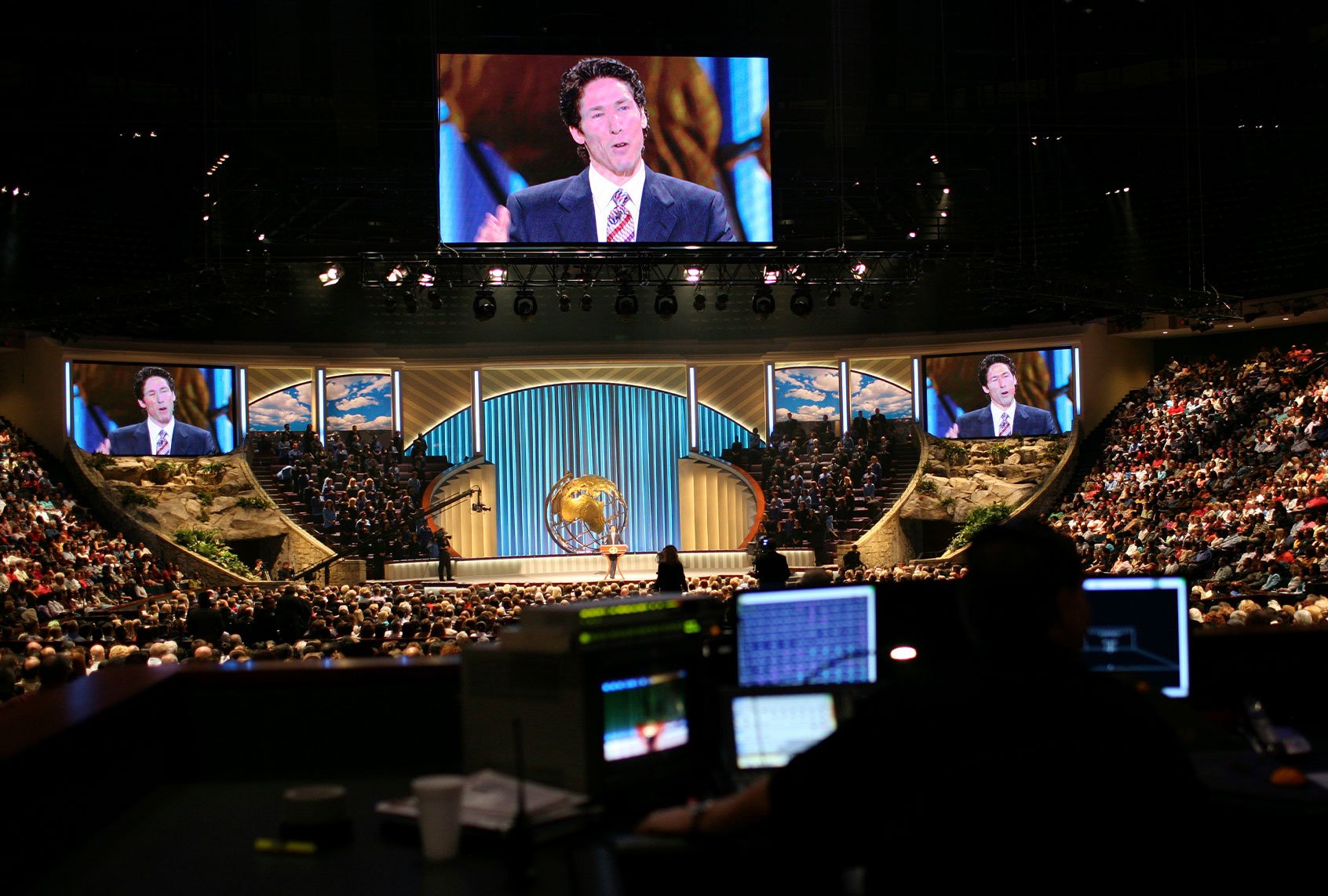The book, 'The Triumph Of Faith', by Naomi Schaeffer Stark is perhaps the first so steeped in denial as to proclaim the U.S. "is not becoming less religious as a whole" - contrary to numerous Pew surveys that disclosde the increase of a group called "nones". That is, . the religiously unaffiliated who have allegiance to no particular faith and hence espouse no organized religion's faith. Stark even went so far as to criticize Alan Cooperman of the Pew Research Center for claiming that "the country is becoming less religious as a whole".
This prompted a reply from Cooperman in the WSJ letters section in 2016 ("Stark is Wrong About U.S. 'Nones' and Faith") wherein he noted:"In fact, Pew Research surveys are far from alone in documenting the growth of religious 'nones'. Gallup polls and the American Religious Identification Survey document the same trend as does the General Social Survey, an academic study with very high response rates."
Fast forward to the present. Pollsters at Gallup, according to a Denver Post article (Mar. 29. p. 6A) looked at survey data from more than 6,000 Americans and compared data from 2018 to 2020 with two other time frames: 2008 to 2020 and 1998 to 2000. They found that for the first time since the late 1930s, fewer than half of Americans say they belong to a church, synagogue or mosque, according to a new report from Gallup.
Forty-seven percent of Americans now say they belong to a house of worship, down from 70% in the mid-1990s and 50% in 2019. The decline is part of a continued drop in membership over the past 20 years, according to Gallup data. In other words, this polling confirms Mr. Cooperman's point made in his WSJ letter, and invalidates that of Ms. Stark.
Gallup has been measuring church membership since 1937 when nearly three-quarters of the population (73%) reported membership in a house of worship. For much of that time, membership remained at about 70% but began to decline after 1999. By the late 2000s, membership had dropped to about 62% and has continued to fall
.
While there is disagreement on the primary cause for the decline in membership it does coincide with the rise of the “Nones”. Gallup reports about one in five Americans currently (21%) is a None — making them as large a group as evangelicals or Catholics. Other polls put the number at closer to 30%. According to Gallup in its accompanying report (D. Post. ibid.):
“As would be expected, Americans without a religious preference are highly unlikely to belong to a church, synagogue or mosque, although a small proportion — 4% in the 2018-2020 (survey) — say they do. That figure is down from 10% between 1998 and 2000.”
Gallup also found a decline in membership at churches, synagogues and mosques among religious Americans, who make up about 76% of the population. In the time frame from 1998 to 2000, about three-quarters (73%) of religious Americans were members of a house of worship. That number has fallen to 60%.
The report also found that younger Americans are increasingly disconnected from organized religion. Further, the number of older Americans who are members of a house of worship has also declined in recent years. In the time from 2008 to 2010, 73% of “traditionalists” — Gallup’s term for Americans born before 1945, were church members. That number has dropped to 66% in 2018 to 2020.
Membership among Baby Boomers dropped from 63% to 58% during that same time frame, as did membership among Generation X (57% to 50%) and millennials (51% to 36%).
The gap between those who believe in a specific religion and those who participate in the life of a specific congregation is likely to prove a challenge for houses of worship. And the decline in church membership is likely to continue, according to Gallup. As its report put it:
“Churches are only as strong as their membership and are dependent on their members for financial support and service to keep operating. Because it is unlikely that people who do not have a religious preference will become church members, the challenge for church leaders is to encourage those who do affiliate with a specific faith to become formal, and active, church members.”
What actually is happening to increase the numbers of Nones as well as the numbers of those religiously affiliated but less likely to participate? I suspect it's simply the realization that organized religions and their belief systems are not the efficacious modes millions were led to accept. They simply don't deliver what they claim to. Or, in the words of atheist philosopher A.J. Ayer - in Language, Truth and Logic (p. 158):
"The fact people have religious experiences is interesting from the psychological point of view, but it does not in any way imply there is such a thing as religious knowledge. The theist - like the moralist- may believe his experiences are cognitive experiences, but unless he can formulate his knowledge in propositions that are empirically verifiable, we may be sure he is deceiving himself."
Those who've become Nones may have simply realized finally they have been deceiving themselves by being attached to an organized religion.
See Also:


No comments:
Post a Comment